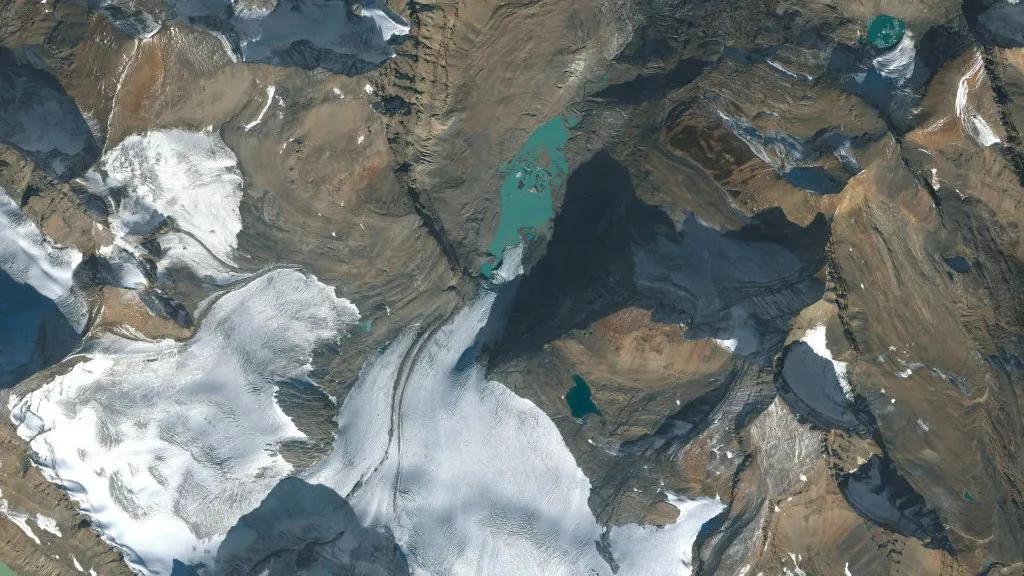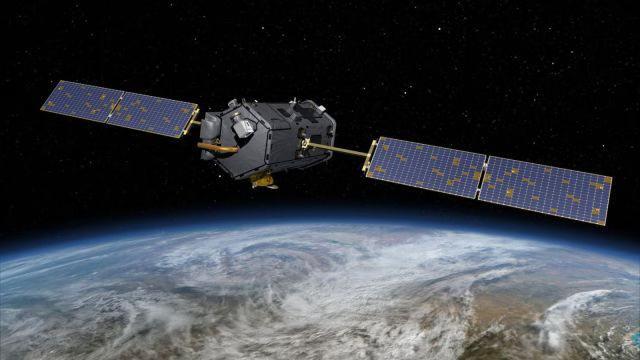
North America & Europe’s Glaciers Lost Unprecedented Ice in 4 Years: Study
In a stark reminder of the devastating impact of climate change, a recent study has revealed that glaciers in North America and Europe have lost an unprecedented amount of ice over the past four years. The research, published in Geophysical Research Letters, found that glaciers in Washington, Montana, British Columbia, Alberta, and the Swiss Alps have seen a significant reduction in ice mass between 2021 and 2024.
According to the study, US and Canadian glaciers lost an average of 24.5 billion tons of ice per year, while Swiss Alps glaciers lost 1.7 billion tons annually. This amounts to a total shrinkage of up to 13% over the four-year period. To put this into perspective, the amount of ice lost between 2021 and 2024 is twice the amount recorded from 2010 to 2020.
The study, led by researchers from the University of Colorado Boulder, used satellite data and computer modeling to track changes in glacier mass. The results are sobering, highlighting the urgent need for action to address climate change.
Glaciers are a critical component of the global climate system, playing a crucial role in regulating sea levels, weather patterns, and ecosystems. They are also sensitive indicators of climate change, with many glaciers already showing signs of significant melt due to rising temperatures.
The recent study focused on glaciers in the western United States and Canada, as well as the Swiss Alps, which are among the most well-studied glacier systems in the world. The researchers used a combination of satellite data from NASA’s Terra and Aqua satellites, as well as computer modeling, to track changes in glacier mass.
The results show that glaciers in the western United States and Canada lost an average of 24.5 billion tons of ice per year between 2021 and 2024. This is significantly higher than the average rate of ice loss between 2010 and 2020, which was around 12.5 billion tons per year.
The Swiss Alps, which are known for their picturesque glaciers, also saw significant ice loss. The researchers found that glaciers in the region lost an average of 1.7 billion tons of ice per year between 2021 and 2024. This is a significant increase from the average rate of ice loss between 2010 and 2020, which was around 1.2 billion tons per year.
The study’s findings have important implications for our understanding of climate change and its impact on glaciers. The results suggest that glaciers are losing mass at an unprecedented rate, with significant implications for sea levels, weather patterns, and ecosystems.
The study’s lead author, Dr. Brian Menounos, a geologist at the University of Colorado Boulder, noted that the findings are “unprecedented” and highlight the urgent need for action to address climate change. “Glaciers are a critical component of the global climate system, and their loss has significant implications for our planet,” he said.
The study’s results are also a stark reminder of the need for continued research and monitoring of glaciers. While the study provides important insights into the rate of ice loss, it is just one piece of a larger puzzle. Further research is needed to understand the underlying causes of glacier melt and to develop effective strategies for mitigating its impacts.
In conclusion, the recent study highlights the urgent need for action to address climate change. The loss of ice from glaciers in North America and Europe is a stark reminder of the devastating impact of climate change and the need for continued research and monitoring. As we move forward, it is essential that we prioritize the protection of glaciers and take meaningful action to reduce our carbon footprint and mitigate the impacts of climate change.
Source:
Menounos, B., et al. (2025). Unprecedented ice loss from North American and European glaciers, 2021-2024. Geophysical Research Letters, e2025GL115235. doi: 10.1029/2025GL115235
https://agupubs.onlinelibrary.wiley.com/doi/10.1029/2025GL115235
Note: The source URL provided is the official URL of the study published in Geophysical Research Letters.






